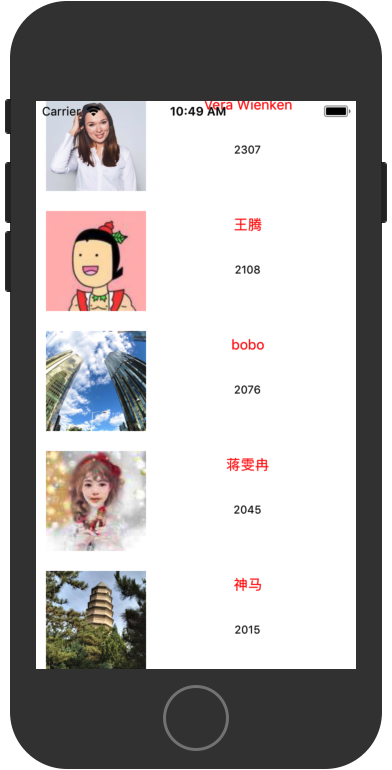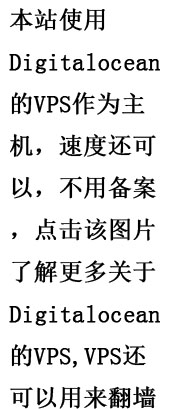Contents
1.构造函数设置data为空
constructor(props){
super(props);
this.state = {
data: null
}
}
2.fetch 数据把data设置为ListView.DataSource
componentDidMount(){
fetch('http://127.0.0.1/getScore/100')
.then((response)=>response.json())
.then((jsondata)=>{
this.setState({
data: new ListView.DataSource({rowHasChanged:(r1, r2) => r1 != r2}).cloneWithRows(jsondata.data),
});
})
.catch((error)=>{
alert(error);
});
}rowHasChanged(prevRowData, nextRowData):指定我们更新row的策略,一般来说都是prevRowData和nextRowData不相等时更新row
cloneWithRows(dataBlob, rowIdentities): 该方法接收两个参数,dataBlob是原始数据源。在没有section的时候使用此方法,传入一个数组。rowIdentities为可选类型,为数据源的每一项指明一个id。默认的id为字符串’0′,’1′,’2’…dataBlob.count。
3. render ListView
render() {
if(!this.state.data){
return(
<Text>Loading... </Text>
)
}else{
return(
<ListView
dataSource={this.state.data}
renderRow={(rowData)=>this.renderRow(rowData)}
>
</ListView>
);
}
}指定了ListView的dataSource和如何renderRow
4. RenderRow
renderRow(rowData){
return(
<View style={styles.lvRow}>
<Image style={styles.img} source = { { uri: rowData.headimgurl } }/>
<View style = { styles.textView }>
<Text style = { styles.textTitle } numberOfLines = { 1 }> { rowData.nickname }
</Text>
<Text style = { styles.textContent }> { rowData.score }
</Text>
</View>
</View>
)
}
5. Style设置
const styles = StyleSheet.create({
lvRow:{
flex:1,
flexDirection:'row',
padding:10,
},
textView: {
flex: 1,
justifyContent: 'center',
alignItems: 'center',
padding: 5,
},
textTitle: {
flex: 1,
textAlign: 'center',
color: '#f00',
},
textContent: {
flex: 1,
fontSize: 11,
color: '#000',
textAlign: 'center',
},
img:{
height:100,
width:100,
},
});6. 最终效果
3386



